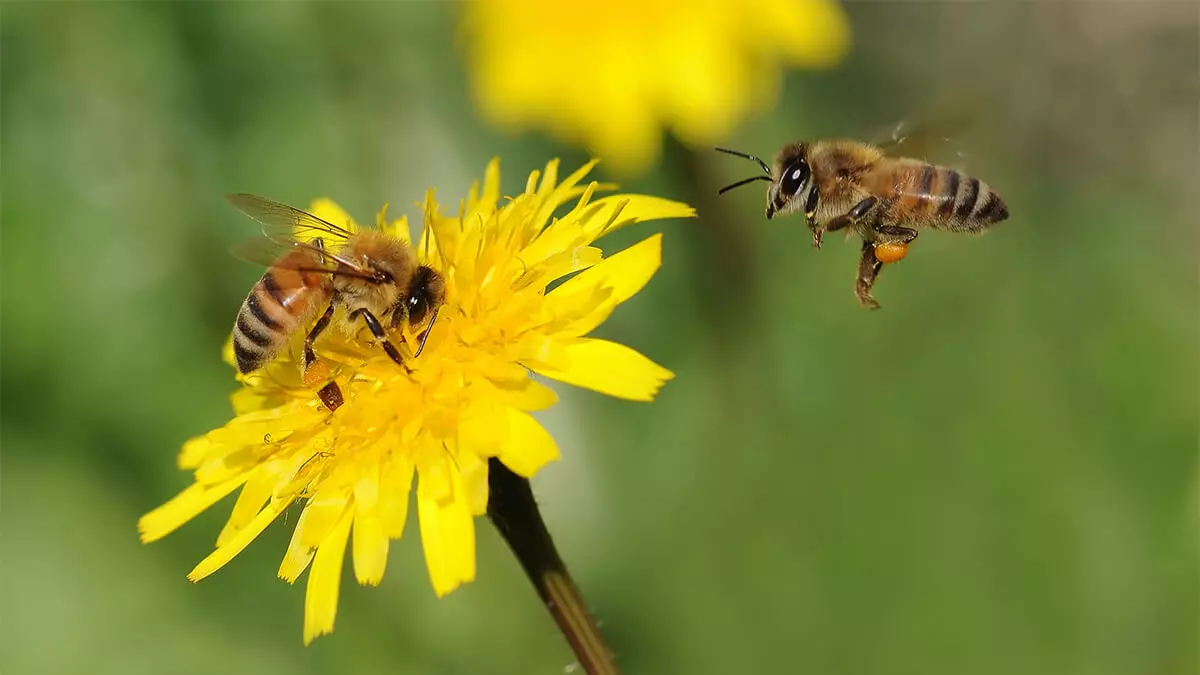Wasp vs Bee: Identifying Key Differences and Staying Safe
When a buzzing insect enters your space, the first instinct might be to swat it away. However, knowing whether you’re dealing with a wasp vs bee can make a significant difference. While both are vital to our ecosystem, their behavior and characteristics can affect how safe or risky their presence might be. Understanding the differences between wasps and bees allows for safer identification and more informed responses.
Physical Differences
A quick glance can often reveal whether the insect is a wasp or a bee:
Bees:
- Appearance: Bees typically have round, fuzzy bodies covered in fine hairs, which are used to collect pollen. Their stripes tend to be muted in color, often brownish-yellow and black.
- Wings: Bees’ wings are relatively small and move rapidly when they fly.
- Legs: Bees have stocky legs, which are often loaded with pollen if they’re mid-forage.
Wasps:
- Appearance: Wasps have smooth, slender bodies with a more defined “waist” between their thorax and abdomen. Their colors are often more vibrant, with bold yellow and black stripes.
- Wings: Wasps have longer wings that fold along their bodies when at rest.
- Legs: Wasps’ legs dangle when they fly, making them easy to spot.
Behavioral Differences
Beyond appearance, wasps and bees behave differently:
Bees:
- Diet: Bees mostly consume nectar and pollen, playing a critical role in pollination.
- Aggression: Bees are generally non-aggressive unless they feel threatened. Honeybees, for instance, only sting as a last resort since stinging results in their death.
- Habitat: Bees build nests in cavities like hollow trees or in man-made hives. Bumblebees create colonies underground or in dense vegetation.
Wasps:
- Diet: Wasps are more versatile eaters, acting as predators of smaller insects and scavengers for sugary foods and proteins.
- Aggression: Wasps are more aggressive and can sting multiple times without harm to themselves. They’re particularly defensive around their nests.
- Habitat: Wasps build paper-like nests, often hanging from trees, eaves, or other structures. Yellowjackets may create underground nests, similar to some bees, making identification important.
The Importance of Distinguishing Between Wasps vs Bees

Misidentifying wasps as bees can lead to ineffective management or unnecessary removal. Bees are essential pollinators, and their colonies should be preserved whenever possible. On the other hand, depending on the type and location, a wasp infestation might require control measures to ensure safety.
Safety Tips for Interactions
If you find yourself near a wasp or bee, follow these steps to stay safe:
- Stay Calm: Sudden movements can provoke aggression.
- Avoid Sweet Scents: Perfume, sugary drinks, and brightly colored clothing can attract both wasps and bees.
- Keep Your Distance: If you spot a nest, don’t disturb it.
- Cover Trash and Food: Wasps are attracted to leftover food and open garbage.

When dealing with a nest, it’s best to leave it to professionals who can identify the insect properly and take appropriate action.
Wasp vs Bee? We’re Here to Help!
Struggling to determine if that buzzing insect is a wasp or bee? Whether you’re concerned about a nest on your property or looking to prevent further invasions, our pest control experts at Brooks Pest Solution are here to assist. We specialize in safe removal and can help preserve valuable bee populations while effectively managing wasps.Contact us today for a free inspection and tailored pest control solutions!
